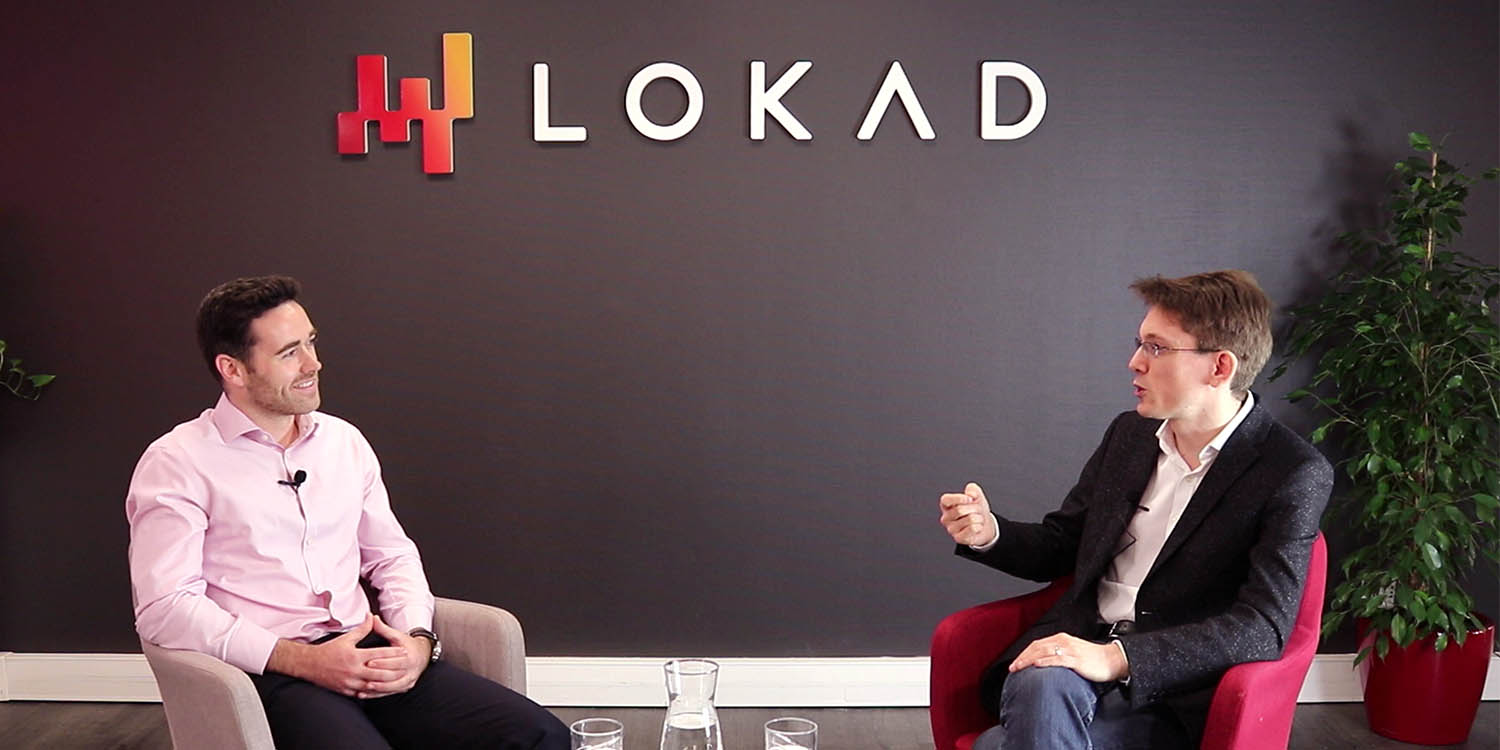Few domains are going to be changed as profoundly by Artificial Intelligence (AI) as supply chains. By 2050, it’s estimated that over 90% of the current supply chain workforce will be automated, and we believe it is not even the most extreme scenario. Not only are nearly all blue collar jobs on the verge of being automated, many white collar jobs will not remain unchallenged either.
55:22 A few questions raised after the talk: You said that the main issue around productivity improvement lies in white collar staff. Is this not a vast oversimplification? Using a typical example, international shipment has lots of inefficiencies. Why is this not taken into account?
1:00:12 Assuming AI is coming, is there a way of avoiding putting in the manual processes and avoiding the painful organisation part? Is there a way of leaping forward to AI and adjusting to change quickly?
In this special episode of LokadTV, filmed live at the Franco-British Chamber of Commerce and Industry, Joannes Vermorel discusses why AI has become such a buzzword in the world of technology and explores how it can be applied to the realm of supply chains. We expand on how Artificial Intelligence actually came into being and made the leap from gaming to business. We list both its numerous advantages as well as its various limitations, as its certainly not a simple “fix all” solution and there is definitely room for progress.
Artificial Intelligence has the potential to fundamentally change the way that businesses are structured in the future. Given the competitive edge it can give, companies are naturally very discreet about their involvement with AI and their understanding of the technology.
We discuss why this is and how companies are currently making use of this technology, and others such as Deep Learning, to gain a solid competitive advantage. We talk more about how major leaders in these domains - like Amazon, Facebook and Google - are actually using this technology. We explore how through this businesses can improve their productivity and make best use of the capability of future technology.
To conclude, we investigate what can be done proactively to ease the transition for teams to move towards these new AI methods and procedures, which can understandably often cause disruption and friction. In addition to this, Joannès answers a series of in-depth questions from the audience.


